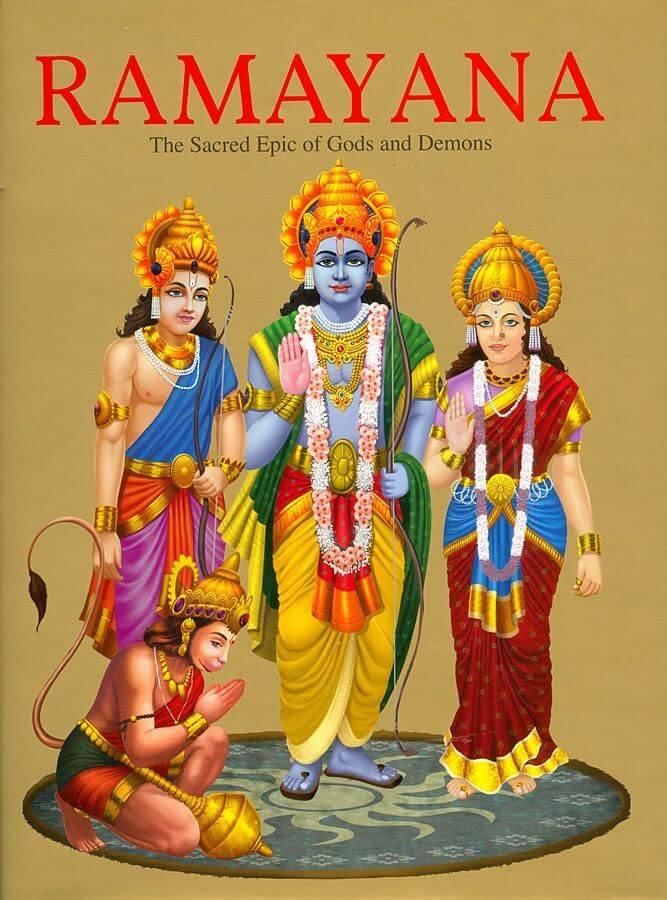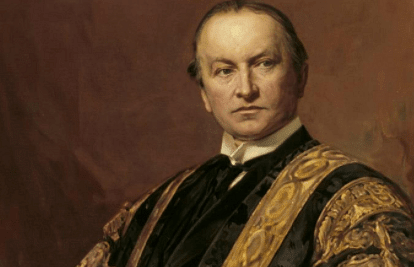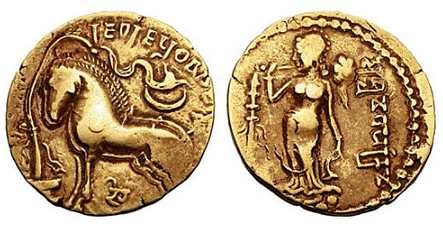The ancient Indian literature was mostly religious in nature and contains no definite date for events and kings.
Example: The Puranas and the epics. Vedic literature has no trace of political history but has reliable glimpses of the culture and civilisation of the age. The epics like Ramayana, Mahabharata and the Jaina and Buddhist religious texts supply us with some important historical material with doses of religious messages. Ramayana
Ramayana
- Upanishads: Main source of Indian philosophy; also called "Vedanta". Jaina Parisistaparvan, Buddhist Dipavamsa and Mahavamsa contain traditions which supply us with some historical materials.
- Gargi Samhita, a book on astronomy, the grammar of Panini and Patanjali also contain materials that help us in the reconstruction of the history of the ancient period of India.
- From the second half of the ancient period of Indian history, there are not only panegyrics of kings and emperors but also political treatise dealing with the principles of administration.
- Kautilya's Arthashastra and Manusmriti may be mentioned in this connection. It was a work of the Maurya period. Vishakhadatta's Mudrarakshasa gives a glimpse of Maurya society and culture.
- Similarly, events of the Pushyamitra Sunga's reign are mentioned by Kalidasa in Malavikagnimitram.
- Among the personal accounts of the ancient period, Banabhatta's Harshacharita, dealing with the character and achievements of Harshavardhana as also the history of his times.
- Bharathiraja's Gaudavaho describes how Yasovarman conquered Gauda deserve special mention. Poet Bilhana described the history of the reign of Chalukya king Vikramaditya VI in his Vikramanka Charita.
- Sandhyakar Nandi'S Ramacharita is a description of the reign of Rampal, a king of the Pala dynasty of Bengal.
- Kalhana's Rajatarangini is a valuable book on the history of the kings of Kashmir.
- Likewise, Padmagupta Navasahasanka Charita, Hem Chandra Dwasraya Kavya, Nyaya Chandra's Hammir Kavya, Ballal's Bhoja Prabandha contain important historical materials.
The archaeological evidence is obtained by the systematic and skilled examination of building monuments, and work of art. The credit for excavating the pre-Aryan past goes to Sir William Jones of the Asiatic Society of Bengal (established on 1st January 1784).
- General Sir Alexander Cunningham, one of its Royal Engineers, dug out the ruins of an ancient site of pre-Aryan culture. From his arrival in India in 1831, Cunningham, the Father of Indian Archaeology devoted every minute he could spare from his military duties to the study of material remains of ancient India, until in 1862, the Indian government established the post of Archaeological Surveyor, to which he was appointed.
- Until his retirement in 1885, he devoted himself to the unravelling of India's past with complete single-heartedness.
- In 1901, Lord Curzon revised and enlarged the Archaeological Survey and appointed John Marshall its Director-General.
 Lord Curzon
Lord Curzon- The discovery of India's oldest cities dating back to the second Inter-Glacial period between 400,000 and 200,000 BC in 1921 by Daya Ram Sahni was the biggest achievement of the Archaeological Survey of India under Marshall, the first relics of which were noticed by Cunningham.
- The cities discovered were named Harappa and Mohenjodaro and the civilisation as the Indus Valley Civilisation. In 1922, an Indian officer of the Archaeological Survey, R.D.Banerjee, founded further seals at Mohenjodaro in Sindh and recognized that they were remains of a pre-Aryan civilisation of great antiquity. Under Sir John Marshall's direction, the sites were systematically excavated from 1924 until his retirement in 1931.
Inscriptions are the most reliable evidence and their study is called epigraphy. These are mostly carved on gold, silver, iron, copper, bronze plates or stone pillars, rocks, temple walls and bricks and are free from interpolations.
- Inscriptions again are mainly of three types:- royal eulogy, official documents like royal rescripts, boundary marks, deeds, gift, etc. and private records of the votive, donating or dedicated type.
- Inscriptions in Prakrit, Pali, Sanskrit, Telugu, Tamil and other languages have been discovered. But most of the inscriptions are in Brahmi and Kharosthi scripts.
- James Prinsep, the Secretary of the Asiatic Society of Bengal succeeded for the first time in deciphering the Brahmi script.
- Among the inscriptions of the ancient past, those of emperor Ashoka are by far the best historical evidence about his reign. Inscriptions of Kharvel, king of Kalinga, Saka ruler Rudradaman, Allahabad Prashasti by Harisena, the court poet of Samudragupta, are important evidence for the reconstruction of the history of India.
The study of coins is known as numismatics. Thousands of ancient Indian coins have been discovered from which ideas about the contemporary economic condition, currency system, development of the metallurgical art have been obtained. The image of Samudragupta playing on a lyre gives us an idea of his love of music. From the dates on the coins, it has been possible to understand contemporary political history. Samudragupta Ashwamedha coins and Lion-slayer coins give us an idea of his ambition and love of hunting.
 Samudragupta's Aswamedha coins
Samudragupta's Aswamedha coins
A great deal of our knowledge of ancient Indian History is supplemented by the writing of foreigners. The below table gives a brief survey of important literary works of foreign scholars, mentioning the subjects their works deal with.
Literary Works of Foreign Authors
G-Greek, C-Chinese
No comments:
Post a Comment